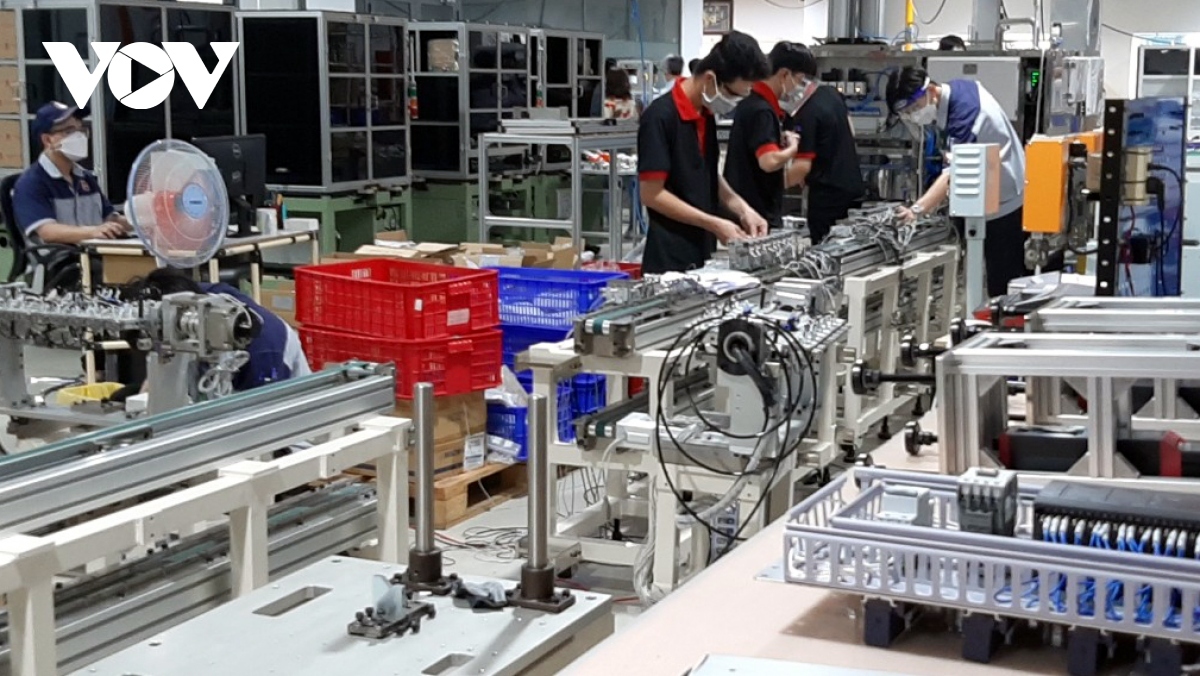Vietnamese manufacturing records highest rise in output over 13 years
VOV.VN - The Vietnamese manufacturing sector continued to sustain its growth in July, 2024, securing the highest rise in output since March 2011, according to S&P Global.

In its recently released survey, the S&P Global measured the Vietnamese manufacturing sector’s Purchasing Managers’ Index (PMI) at 54.7 in July, the highest since November 2018.
The index, which is equivalent to the June rate, signals a further marked strengthening of business conditions in the local manufacturing sector, said S&P Global, adding marked improvements were seen across the consumer, intermediate and investment goods categories.
New orders increased for the fourth month running in July on the back of stronger market demand and an increase in customer numbers. New export orders also rose, albeit at a much softer pace than total new business.
With new orders rising sharply, manufacturers ramped up production in July. Moreover, the rate of expansion in output quickened from that seen in June and was the second-fastest on record, just behind that seen in the opening month of data collection in March 2011.
“The fact that the Vietnamese manufacturing sector was able to sustain the strong expansion seen in June through into July adds to optimism that we are at the start of a good spell of growth that will help drive the wider economy forward,” said Andrew Harker, Economics Director at S&P Global Market Intelligence.
The results of the survey are in tandem with statistics recently released by the General Statistics Office of Vietnam. Accordingly, the country's index of industrial production (IIP) obtained its positive growth in July at 0.7% over June and 11.2% compared to the same period last year.
Meanwhile, the S&P Global survey also pointed out that input costs continued to increase sharply during July, with the pace of inflation only marginally weaker than the two-year high seen in June. Suppliers had reportedly raised their charges, while increased shipping costs was also a factor.
Rising costs for raw materials and shipping meant that manufacturers increased their own selling prices for the third month running in July. The rate of inflation was solid, albeit softer than that seen in the previous survey period.
Expectations that new orders will continue to rise over the coming year supported confidence in the outlook for production. Around 40% of respondents expressed optimism, but sentiment eased to the lowest since January and was weaker than the series average.
“The main issue for firms at present is keeping up with demand. While production was ramped up, firms were still forced to dip into warehouse stocks to help meet new order requirements, resulting in one of the sharpest depletions of inventories on record. Manufacturers will need to expand workforce numbers more quickly and continue to secure additional materials should current trends in new orders be sustained in the months ahead,” said Harker.


